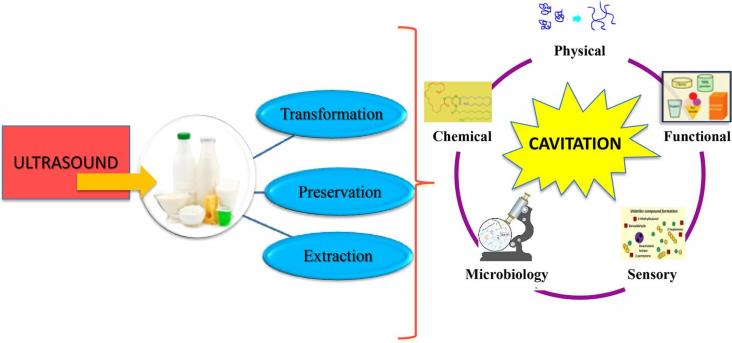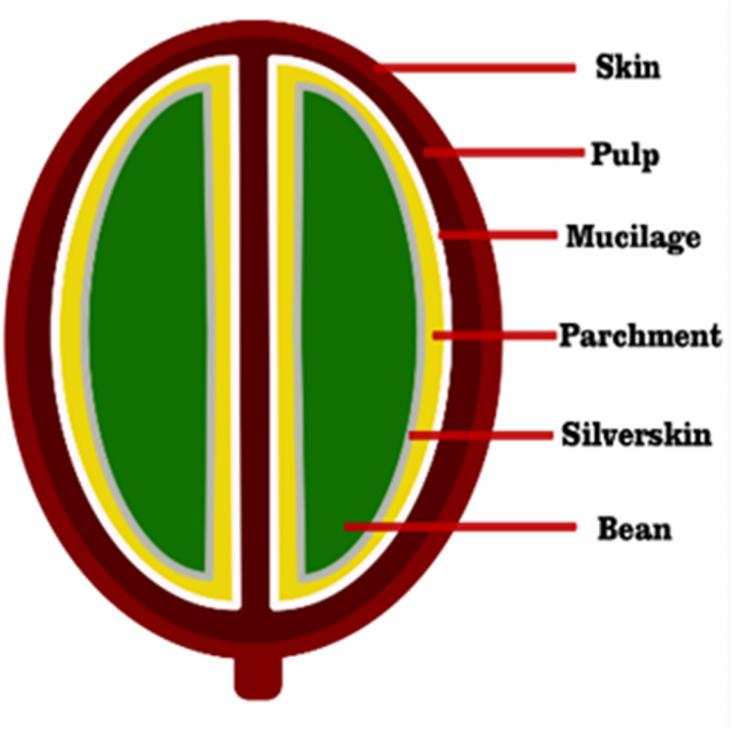
After World War II, the evolution of Europe's agro-food system has been marked by intensified use of synthetic fertilizers, territorial specialization, and integration in global food and feed markets.
Loss and Damage studies have tended to focus on rapid-onset events with lesser attention to slow-onset events such as drought.
This paper advances the literature on multiple knowledge systems, showing how Traditional and Local Knowledge (TLK) systems can collaborate with scientific knowledge to advance understanding of the sl

Food is essential to provide energy for human cellular metabolism, and is usually made from plants or animals.
Microplastic pollution has sparked interest from researchers, public, industries, and regulators owing to reports of extensive presence of microplastics in the environment, household dust, drinking
Reviews and explains the challenges posed by mycotoxins on food safety, which have consequences on the health of consumers and livestock. Also discusses the prospects of mycotoxin outbreaks in a world climate change scenario. Supports SDG 2: Goal 2. End hunger, achieve food security and improved nutrition and promote sustainable agriculture
A Commentary on the role of governments in mitigating the health effects of malnutrition, in the context of SDGs 3 and 12, highlighting the need for the implementation of more comprehensive policies to limit the availability of unhealthy foods and to increase that of healthy foods to communities across Africa.

Alternative methods for improving traditional food processing have increased in the last decades.
Over the years, chemical pre-treatments have been used intensively to maintain apple quality and reduce decay during postharvest.

Background: Coffee is of the most traded commodities in the world and its market has grown regularly over the last 150 years.
